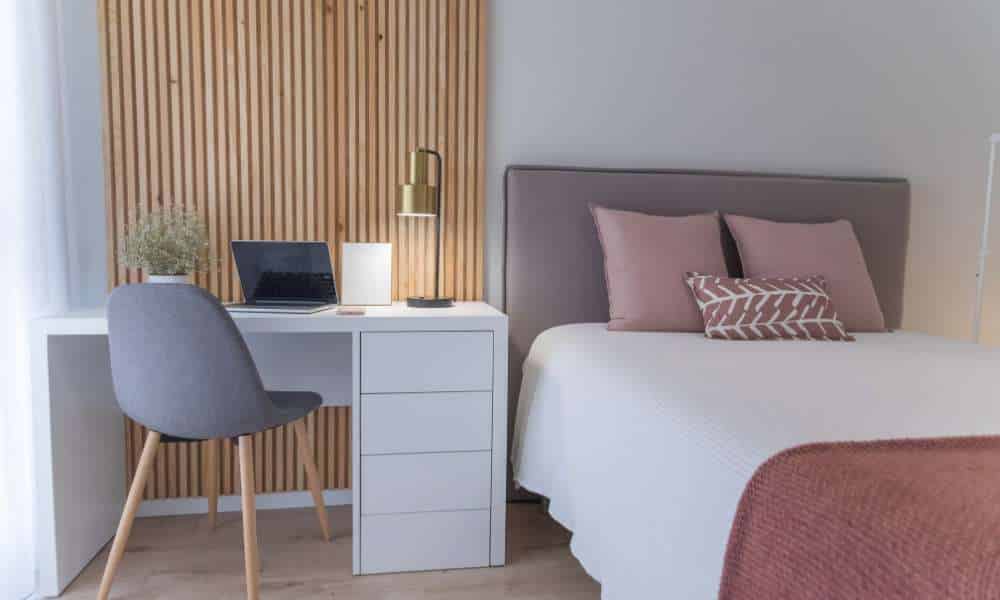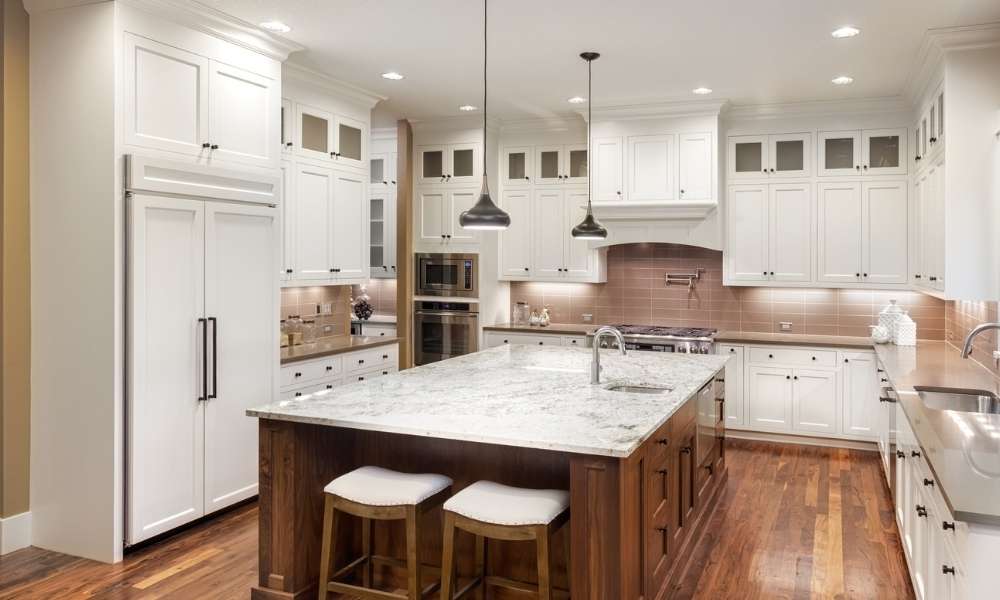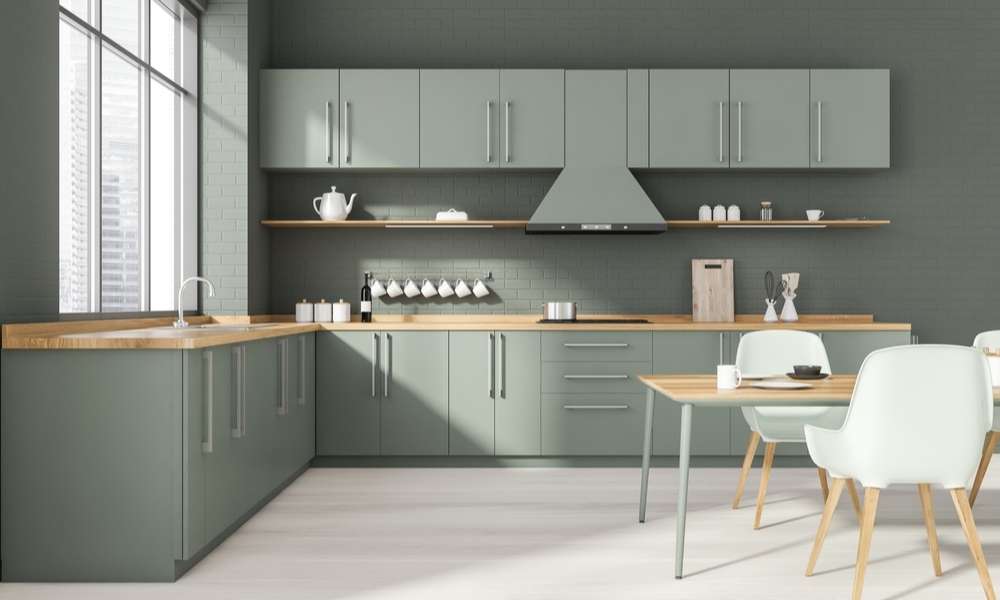Arranging furniture in a small bedroom might seem like a tricky puzzle, but it’s totally doable and can transform your cozy space into a functional, stylish retreat. Learning how to arrange furniture in a small bedroom is key to maximizing your space, ensuring you get the most out of every square inch. Not only does a well-arranged room offer aesthetic benefits, but it also enhances the room’s functionality and your overall comfort. Whether you’re dealing with a tight corner or a narrow layout, this guide will provide you with smart strategies and tips. By focusing on what’s important, such as optimizing for both space and style, you’ll discover how to create a serene bedroom oasis that meets all your needs. With a little creativity and the right approach, arranging furniture in a small bedroom becomes not just possible, but a delightful challenge to overcome.
What Are Some Tips For Maximizing Space In A Small Bedroom?
Maximizing space in a small bedroom can be achieved through strategic organization and thoughtful design choices. One tip is to utilize multi-functional furniture pieces, such as a bed with built-in storage or a desk that can also serve as a bedside table. This helps reduce clutter and creates more storage options without taking up additional floor space.
How Can I Create A Functional Layout In A Small Bedroom?
Creating a functional layout in a small bedroom requires thoughtful planning and optimization of space. One effective strategy is to prioritize essential furniture pieces and minimize clutter by utilizing multi-functional furniture items such as beds with storage compartments or wall-mounted shelves. Additionally, maximizing vertical space by installing floating shelves or using wall hooks can help free up floor space and create a more open feel in the room.
Sketching The Bedroom Layout
To create a balanced and visually appealing layout, experiment with different furniture arrangements on your sketch before committing to one design. Opt for versatile pieces that can be easily rearranged if needed, such as modular shelves or rolling carts that can be moved around based on your daily activities. Remember to leave enough walkway space between furniture items to ensure easy navigation throughout the room without feeling cramped. By thinking strategically about how each piece fits together in your sketch, you can optimize every corner of a small bedroom for both functionality and style.
Organizing Belongings Efficiently
Efficiency is key when arranging furniture in a small bedroom. Start by decluttering, keeping only what you truly need or love. Next, think creatively about storage solutions that double as decorative pieces. Under-bed storage, floating shelves, and over-the-door organizers can significantly reduce clutter without taking up precious floor space. Remember, an organized bedroom feels larger, so utilize every inch wisely. This step not only ensures a tidy space but also contributes to a more peaceful and welcoming bedroom environment.
Identifying Essential Furniture Pieces
In a small bedroom, each furniture piece should be carefully considered. Identify the essentials based on your lifestyle and needs. Typically, a bed, a nightstand, and a wardrobe or dresser are the non-negotiables. However, if space permits, you might add a slim desk or a cozy chair. Opt for multifunctional furniture, like a bed with built-in storage or a folding desk, to maximize usability without overcrowding the room. The goal is to balance functionality with minimalism, ensuring that every item serves a purpose while keeping the space open and airy.
Optimal Positioning For The Bed
The bed is undoubtedly the focal point of any bedroom, and its positioning is even more critical in a small space. The optimal spot is usually against the largest wall, away from the door to avoid a cramped feeling. Consider the flow of the room and try to leave enough space to move around comfortably. If your bedroom is particularly narrow, placing the bed in a corner might free up valuable floor space. Additionally, choosing the right size bed for the room can make a significant difference—opt for a queen or even a full-size bed if it means gaining more livable space.
Selecting Suitable Nightstands
When selecting nightstands for a small bedroom, consider opting for ones with multiple storage options, such as drawers or shelves, to maximize space efficiency. Look for nightstands that complement the overall style and color scheme of the room to create a cohesive and visually appealing aesthetic. Additionally, choose nightstands with compact dimensions to ensure they fit comfortably beside the bed without overwhelming the limited floor space available.
Wall-Mounted Shelves
Wall-mounted shelves are a game-changer in small bedrooms. They utilize vertical space effectively, allowing for storage and display without sacrificing precious floor area. Shelves above the bed or desk can hold books, decor, or even a small plant, adding personality to the room without cluttering it. This approach not only helps in organizing your belongings but also keeps the room looking open and airy.
Using Furniture To Delineate Zones
Using furniture to delineate zones can be a game-changer. Placing a desk or bookshelf as a partition between the sleeping area and workspace can create distinct areas without sacrificing space. Consider using versatile pieces like room dividers or storage ottomans that serve dual purposes while visually separating different zones. Furthermore, opting for furniture with legs instead of solid frames can make the room feel more open and airy, enhancing the sense of spaciousness in a compact area.
Mirrors For Illusion
Mirrors are a fantastic tool in making a small bedroom look larger and more open. Placing mirrors strategically can amplify natural light and give the illusion of more space. Whether it’s a large floor mirror or smaller decorative ones, mirrors can enhance the room’s brightness and depth. By reflecting the interior, mirrors blur the boundaries of the room, making it appear more expansive and welcoming.
Light Color Palette
Opting for a light color palette is a proven strategy to make a small bedroom appear more spacious and inviting. Light colors reflect more light, making the space feel open and airy. When you arrange furniture in a small bedroom, consider choosing pieces in shades of white, cream, pale gray, or pastels. These hues can help create a cohesive, serene environment that feels less cramped. Incorporating these colors in your walls, bedding, and even the furniture itself can significantly impact the perception of space in your bedroom.
Multi-Functional Furniture For Versatility
Investing in multi-functional furniture offers an innovative solution to the challenges posed by limited space in small bedrooms. By taking advantage of clever design elements and adaptable features, you can create an environment that is both practical and aesthetically pleasing. Whether it’s selecting convertible pieces or incorporating hidden storage options, embracing the versatility of multi-functional furniture opens up endless possibilities for creating a personalized and efficient living space.
Placing Rugs To Define Specific Areas
Using rugs is an effective way to define different areas within a small bedroom, which can help in organizing the space better. When you arrange furniture, consider placing a rug under the bed or in a seating area to create a distinct zone. This can give the room a more structured look and create the illusion of separate spaces within the single room. Choose rugs that complement your color scheme and fit the scale of your bedroom to enhance the overall aesthetic and spatial dynamics.
Concealing Cables For A Tidy Appearance
Visible cables can make a tiny bedroom look cluttered and disorganized. As you arrange furniture, consider ways to conceal cables from your electronics. Use cable management solutions like cord covers, clips, or even furniture designed with built-in cable management features. This not only helps in creating a tidier appearance but also contributes to a more focused and serene environment, free from the visual noise of tangled wires.
Keeping Essentials Within Easy Reach
Consider utilizing vertical space effectively by using wall-mounted shelves or floating storage units to keep essentials easily reachable while maximizing floor space. Additionally, investing in multi-functional furniture pieces such as a bed with built-in drawers or a desk that can double as a vanity can help maintain a clutter-free environment in a tiny bedroom. By strategically placing these storage solutions near the areas where you need them the most, you can create a seamless and organized living space without sacrificing style or functionality.
The Final Thought
To arrange furniture in a small bedroom requires thoughtful planning and creativity to maximize the space effectively. By utilizing multifunctional pieces, optimizing vertical space, and incorporating clever storage solutions, you can create a functional and visually appealing layout. Remember to prioritize comfort and flow when positioning furniture, ensuring that the room feels spacious and inviting. Experiment with different layouts until you find one that suits your needs and preferences best. With the right approach, even the smallest of bedrooms can be transformed into a cozy retreat that meets both aesthetic and practical requirements.





